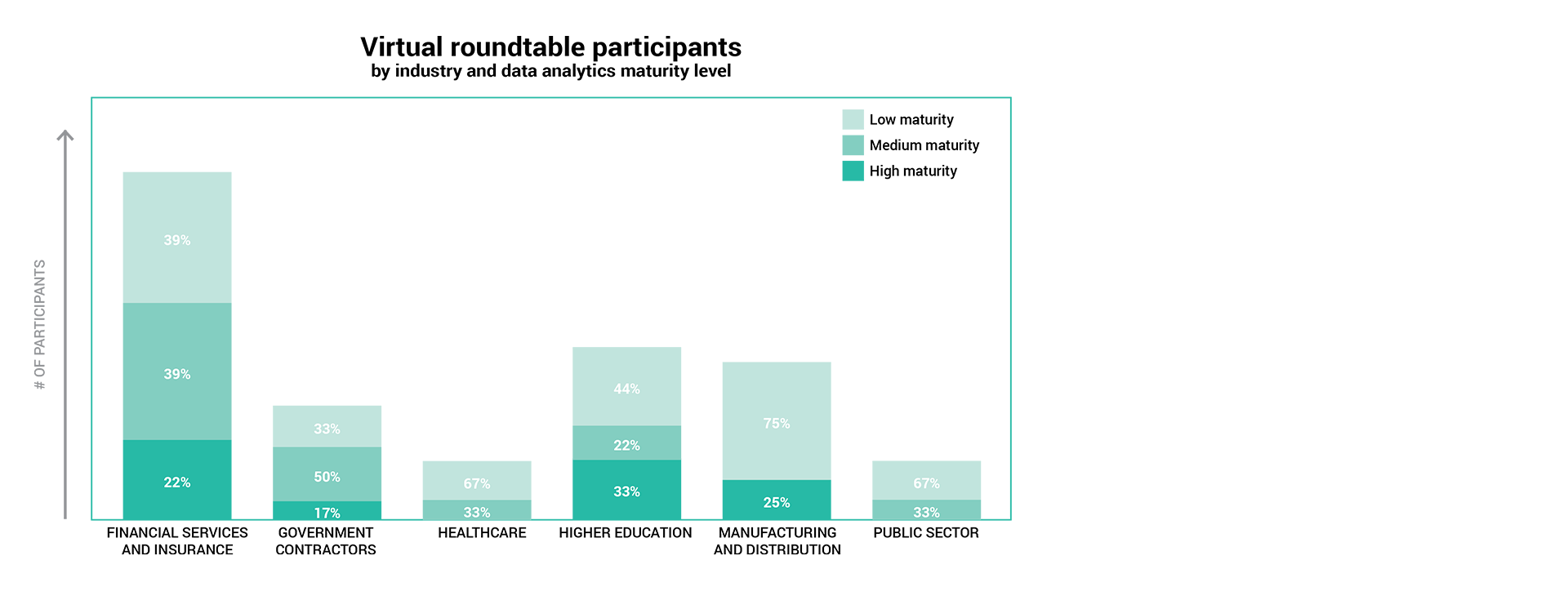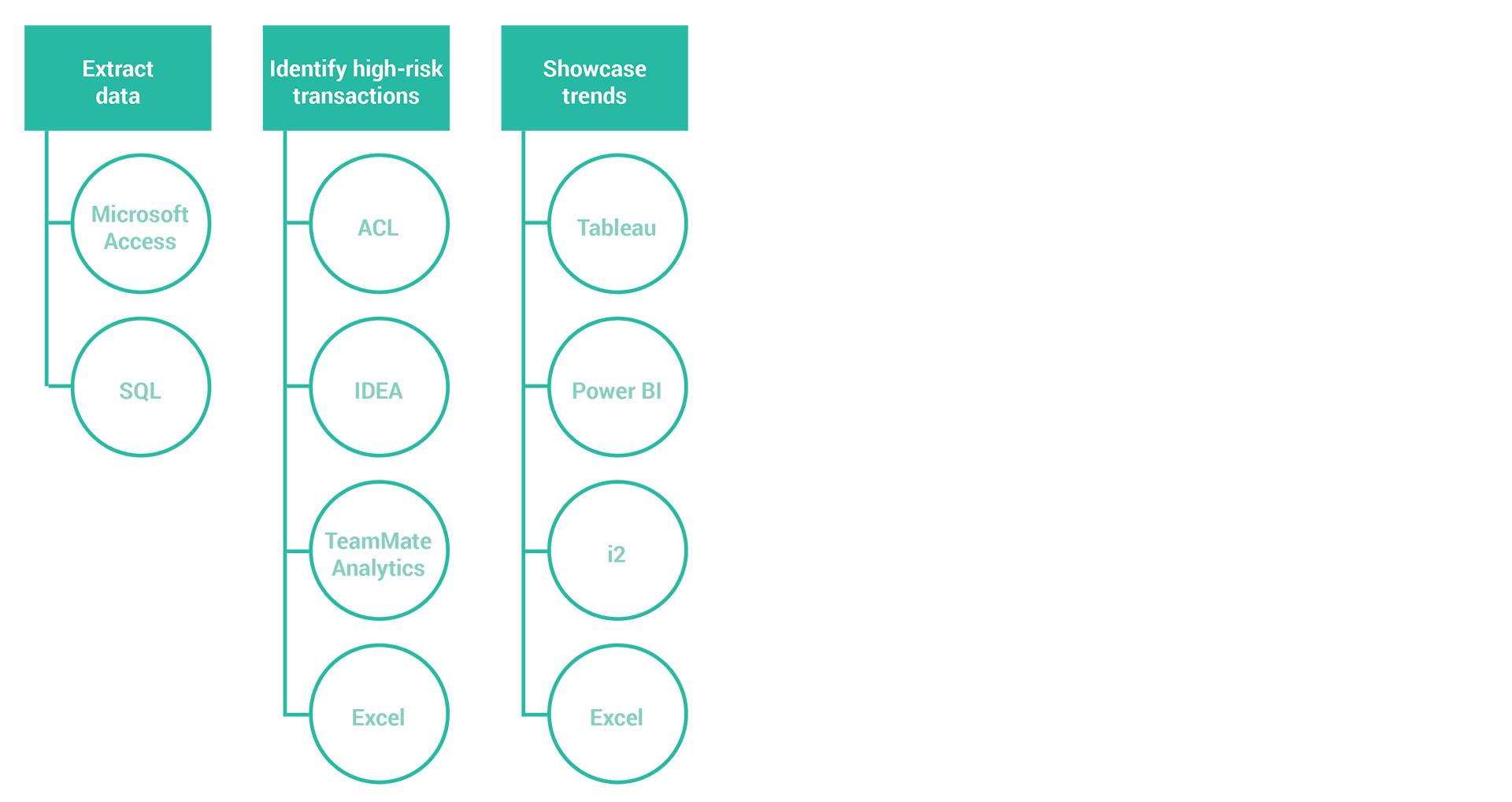Risk assessment and planning
Get buy-in from stakeholders early:
Stakeholders must understand the value of data analytics and the need for time and resources to successfully leverage data. For example, one organization found success incorporating data analytics in its audit process by getting its audit committee engaged from the start. Now, even when they have hiccups, the audit committee is supportive because they feel consulted and understand the process.
Create or utilize an existing data warehouse and ensure you have clean data to leverage:
Having a central location for individual departments to archive documents can increase the speed and efficiency of performing an internal audit since everything is in one place.
Even if an organization has a data warehouse, if the data isn’t accurate, it’s worthless. The sources, timing and organization should all be reviewed to ensure the data is reliable.
Allow for time:
In all aspects of this phase, time is needed to ensure the correct data is being collected and in the right time frame. Organizations need to make time for training staff in how to properly use their data. They also need to make time to meet with stakeholders on a regular basis.



